
SCIENCE COOKIES
Science articles with chocolate chips
How big can aliens be?
Published: 30/12/2020
Author: Javier Pantoja
In the vastness of the universe it is easy to wonder if life exists elsewhere. And, if so, what would these beings look like? Unfortunately, with our current knowledge, it is not possible to know what they would look like, but perhaps we can make an approximation of their size. Would they be like us, as small as ants or as big as buildings?
Land sizes

Encyclopædia Britannica, Inc.
The largest land animal is the African elephant: they measure almost 4 meters and can weigh more than 6 tons. However, blue whales make them look small, measuring 23 to 30 meters and weighing up to 136 tons, in addition, the largest blue whale ever recorded measured 33 meters and weighed more than 176 tons; as long as a 10-story building and as heavy as 29 elephants.
And what limits the size?
The main limitation for the growth of an organism is the relationship between its weight and the force it can support. This relationship is described by the quadratic-cubic law and says that when the size increases, the surface increases in quadratic proportion and the volume in cubic proportion.
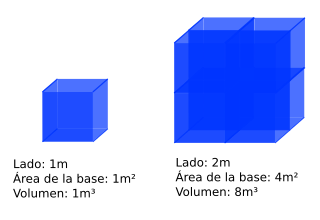
Quadratic-cubic law
Similarly, an organism 2 times the weight of another would need 4 times the surface area of the second. In order to grow more, a stronger and lighter bone structure would be necessary, in addition the proportions of the limbs would not be what we could imagine and would probably be wider and shorter. Due to these changes and the amounts increasing very quickly, an organism that is too large would have trouble surviving and reproducing.
Elephants can maintain their weight thanks to the fact that they walk on all fours and their feet are quite wide, however, they are limited in other aspects, such as the fact that they cannot jump. Whales, for their part, benefit from the buoyancy provided by the water, as part of their weight is counteracted, it allows them to be larger.
Humans on Mars
Since the size is limited by the weight of the organism, they can grow more if the gravity is less. It is possible that humans will establish a colony on the planet Mars in the future; Mars has a gravity of approximately a third of that of Earth and taking it as an example, it has been theorized that people born on Mars would grow more because their spine would have to withstand less force from the planet and could increase their height by several centimeters, compared to what they would have had if they had grown up on Earth.
What would it be like on other planets?
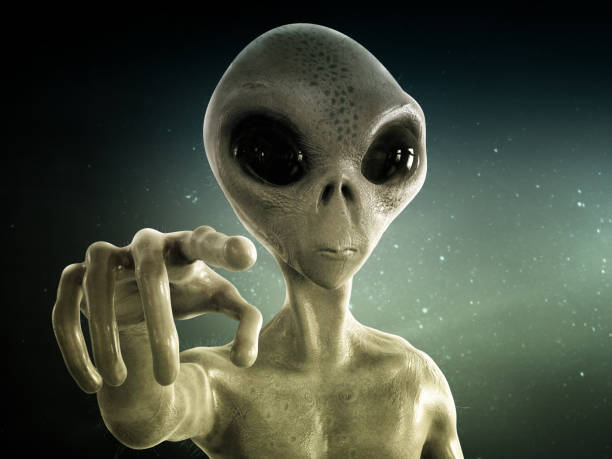
While we cannot know for sure what the aliens would look like, to answer our question, we can assume that they would be similar to us (morphologically speaking) to be able to develop technology. They need limbs to be able to use tools and to get around. That is why for the following calculations we will assume that they have the same resistance, strength, weight and proportion as humans; and analogously for animals.
The pressure our feet support is given by:

And what they would bear if we were of a size q times ours and with another gravity ( g ' ).

Finally, we equalize, we solve for the factor q and we will apply the formula to obtain the results of the table below.


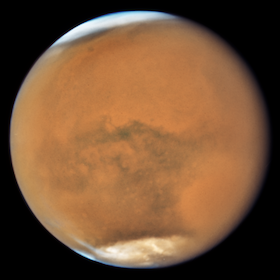
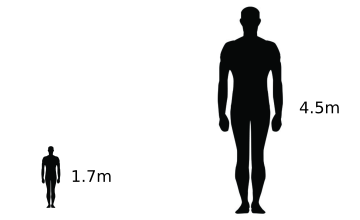
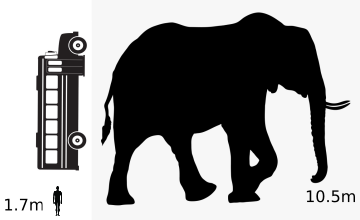
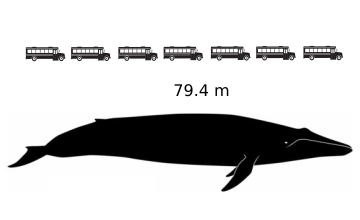
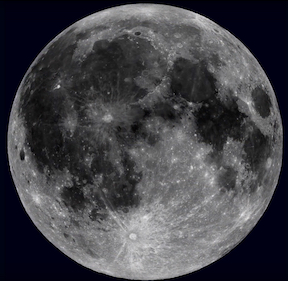
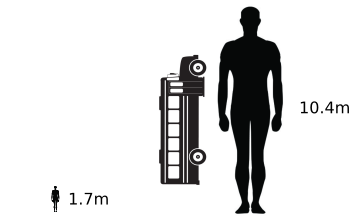
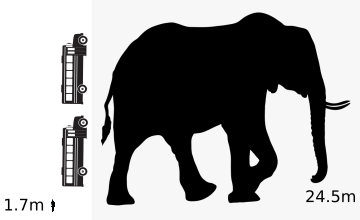





References
https://animals.howstuffworks.com/animal-facts/question687.htm
https://en.wikipedia.org/wiki/Average_human_height_by_country
https://en.wikipedia.org/wiki/Square-cube_law
https://solarsystem.nasa.gov/moons/earths-moon/by-the-numbers/
https://solarsystem.nasa.gov/moons/jupiter-moons/europa/by-the-numbers/
https://solarsystem.nasa.gov/planet-compare/
https://www.livescience.com/33082-would-humans-born-on-mars-grow-taller-than-earthlings-.html





